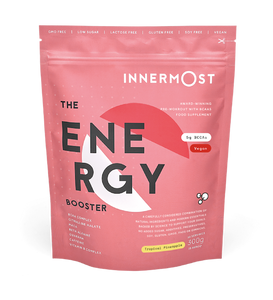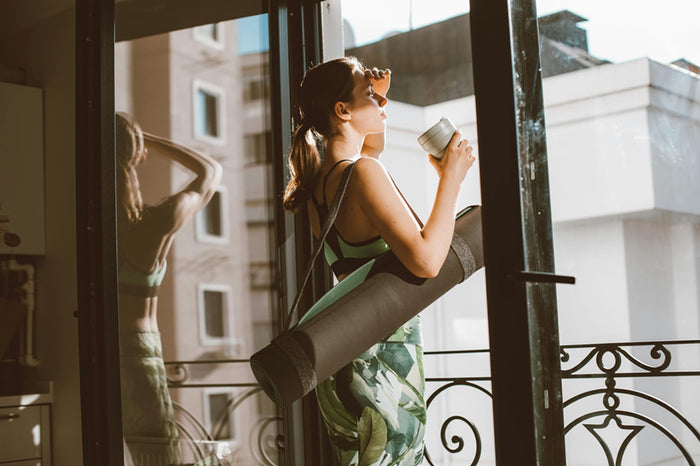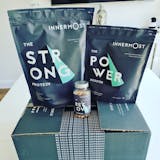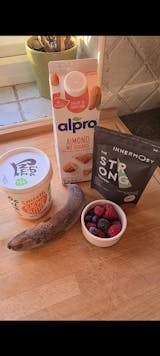Muay Thai training. It requires a whole lot of discipline, strength and agility. The Power Booster can help you with that. But what actually is it, and what does Muay Thai training involve?
What is Muay Thai boxing?
You may recognised Muay Thai as the national sport of Thailand, and the technique has been being practices for hundreds and hundreds of years. You may have also heard of this boxing style being referred to as ‘Thai Boxing’, or maybe even the ‘art of eight limbs’, but in summary, Muay Thai boxing refers to a style of boxing that is characterised by the athletes use of their limbs in striking movements against their opponent.
The history of Muay Thai boxing
Muay Thai was developed to train the body as a defence weapon, and the technique utilises close-combat form, using eight points of contact. These eight points of contact are as follows:
- Your two hands
- Your two legs
- Your two elbows
- Your two knees
Unfortunately, not masses is known about the origins of Muay Thai, due to a loss of Muay Thai history during a raid of Siam, Thailand, in the 14th Century.
Benefits of Muay Thai boxing
One of the greatest elements of Muay Thai boxing is that the benefits of the sport aren’t just physical, but mental, too. It’s a full-body workout that requires a great amount of physical strength, and the training regimes of Muay Thai boxers is rigorous, requiring a lot of mental stamina.
Here are some of our favourite benefits of Muay Thai:
- Improved mobility
- Enhanced core strength
- Improved cardiovascular health
- Greater muscle strength
- Increased self-discipline levels
- Improved stamina
- Great stress-buster
Now we’ve learned all about Muay Thai, it’s benefits and the history behind the fantastic workout, we wanted to get the low down from a professional. We’re talking about all the Muay Thai drills, the best exercises for Muay Thai and the low down on professional Muay Thai training.
The Innermost team sat down with Sonja from BXR London, one of the finest boxing gyms there is. Offering members access to exclusive workout equipment, state-of-the-art facilities and a fantastic boxing community.
Introducing, Sonja…
Hi Sonja! Thanks so much for chatting with us. Can you tell us a little bit about Muay Thai Boxing and how you got into the sport?
“Muay Thai and boxing are not just training and sport for me, they are a way of life. All the way through my pregnancy I was hitting pads, marking out footwork, and doing precise but low impact conditioning. I put on 26kg’s in my pregnancy and lost all of my baby weight from smart programming and eating healthy within 10 months.”
“If you want to know my secret read on….”
Has your style or approach to Muay Thai training changed over the years?
“Since having baby, I had to hand up my boxing gloves and focus more on my coaching which means my training is different to when I was training for fights or being ready to train for a fight. TBH this training is pretty full on but totally worth it for the goal. “
“Training for being a coach means I have to be fit and strong enough to train my clients/fighters when they are at their strongest and fittest and set a good example. I also have time restrictions on my workouts as I have my new baby, clients to train and classes to teach. This means my workouts are fairly short and effective. For best results I use mainly hitting things and lifting weights for quick results with some basic cardio conditioning...”
That’s so interesting. And what does your typical week in Muay Thai training look like?
My training week looks like this....
- Hard Muay Thai Pads: 40 minutes.
- StrengthBox Studio training with heavy bag, bodyweight and dumbbell conditioning: 45 minutes.
- Versa Climber - Faisal or Ashleigh's class: 45 minutes.
- Kettlebells Swings, snatch, squat to press, TGU: 2 x 20 minutes per-week.
- 1 x 5 - 7km run (dependent on time)
- 1 x skip with heavy rope: 20 minutes.
- 150 Reps for knees, kicks, and tipes.
- 50 press ups as standard for each session: before or after.
Also…
“Lifting my baby, taking her walking in carrier (9.5kgs), chasing her daily! This keeps my arms and shoulders in condition!” Parents: you know the drill.
What is your biggest tip that you would give to someone that wants to train in Muay Thai boxing?
So... what is the secret?
“Strength training and eating clean. I lift baby ALOT every day and use resistance/body weight whenever I can. My diet is clean 95% of the time.”
“Also, on a side note, I have clear boundaries for work and home life, so I don't get caught up in any unnecessary stress and enjoy the precious time I spend with my husband and baby wholeheartedly. This keeps my cortisol level to a minimum which means I get good results from my training and my eating.”
“Also.... believing that I can do ANYTHING I set my mind to helped me to shift 26kgs.”
That’s the secret.
Summary
Now you’ve been introduced to the wonders and benefits of Muay Thai boxing, what are you waiting for? This is a great sport to enhance your wellness and performance (and a good one to learn for self-defence, too).
Give it a go and let us know what you think over at @liveinnermost on Instagram. You know you want to.
























